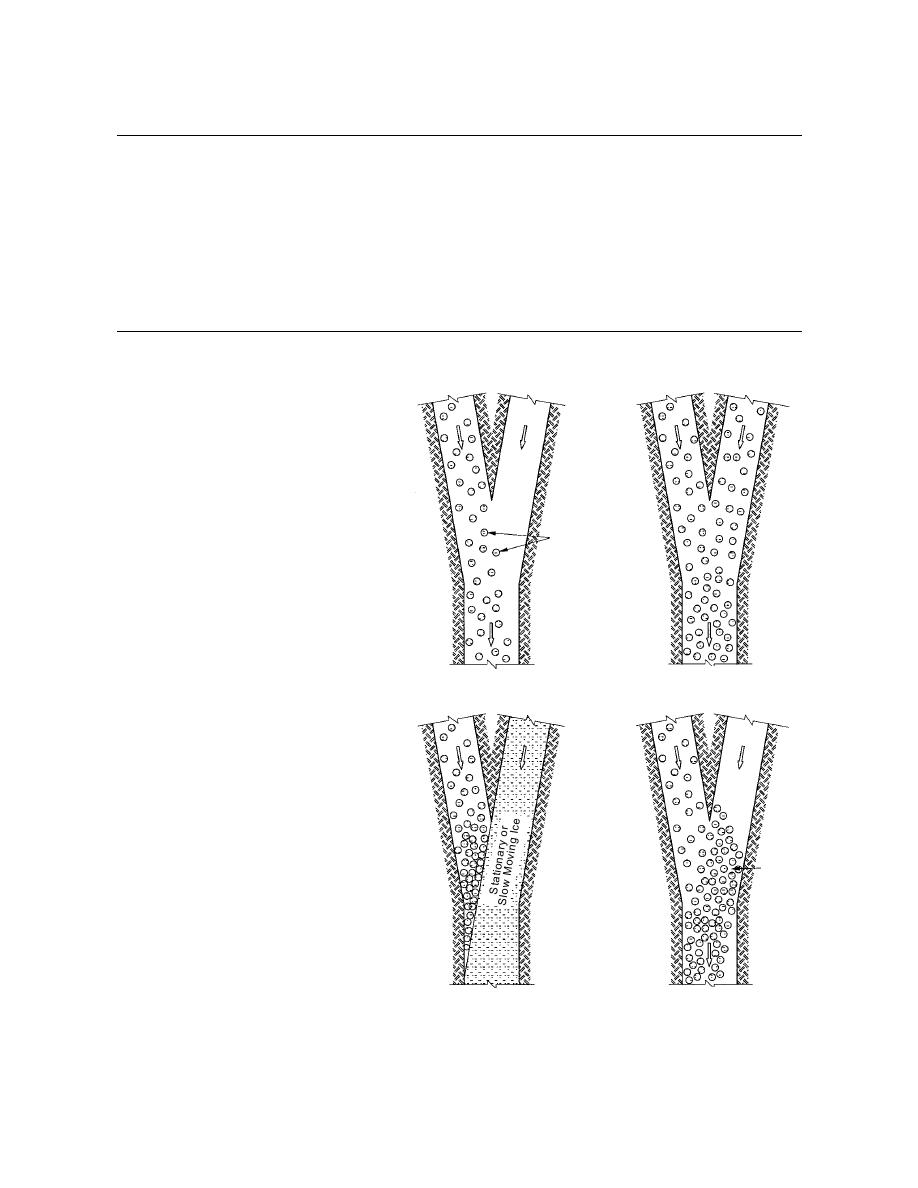
Table 1. Categories of ice movement through confluences.
I. Free ice drift
1. Free drift of ice from one channel, while the other channel has no ice.
2. Free drift of ice from both channels.
3. Free drift of ice from one channel, while the other channel has a stationary ice cover.
4. Free drift of ice from one channel, while the other channel has sluggish flow.
II. Contiguous-layer movement
1. A layer of ice discharges from one channel, while the other channel has no ice.
2. A layer of ice discharges from both channels.
3. A layer of ice discharges from one channel, while the other channel has a stationary ice cover.
4. A layer of ice discharges from one channel, while the other channel has sluggish flow.
5. A layer of ice discharges from one channel, while ice drifts freely in the other channel (same as I.3, if layer movement is slow).
ice, and moving layers of accumulated ice
2
2
1
pieces whose individual size is much
1
smaller than channel size. Each category
has several sub-categories in accordance
with the combination of ice discharge and
water flow conditions in each confluent
channel.
The distinction between free-drifting
ice pieces and a moving accumulation of
Drifting
ice is useful, because the forces propelling
Ice
the ice into the confluence differ between
Pieces
the two situations, and therefore differ-
ences arise between the sets of parameters
needed to describe the two categories. For
free-drifting ice pieces, flow drag and
impact forces on, as well as the inertia of,
the individual pieces determine their
transport into a confluence. The move-
(b)
(a)
ments of ice accumulations, however, are
2
1
2
1
influenced by the streamwise component
of accumulation weight, accumulation
momentum, and shear stress at the banks
attributable to friction and on the under-
side attributable to water flow. For free
drift of ice, individual ice piece size is
important. It is less important in describ-
ing the behavior of an accumulation of ice,
for which thickness and width are more
Sluggish
important.
Flow
In addition, it is likely that there are dif-
ferences in the way the two categories of
confluent flows of ice merge. It can be
envisioned, for example, that significant
shoving and thickening of the confluent
accumulation accompany the merging of
two moving particulate accumulations.
(c)
(d)
The merging of free-drifting ice pieces is
likely to be less marked by shoving and
Figure 1. Categories of ice free-drift through a confluence (a = I.1;
thickening. Instead, areal repacking of
b = I.2; c = I.3; d = I.4 [Table 1]).
2





 Previous Page
Previous Page
